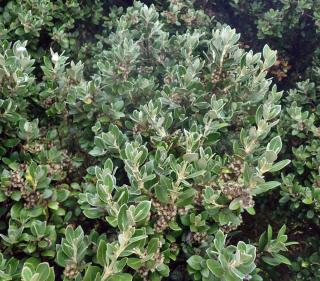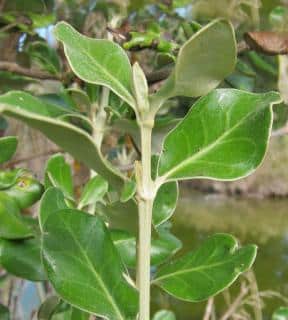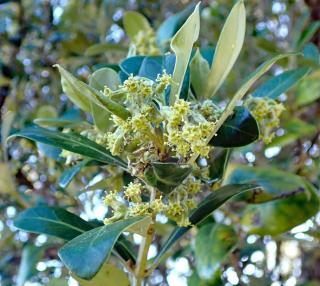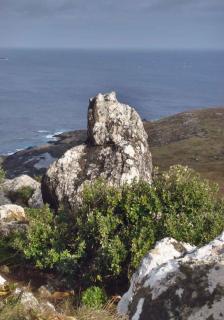

Basic Olearia facts
Botanical name – Olearia traversii
Common name – Olearia, Chatham tree daisy, Chatham Island Akeake
Family – Composaceae
Type – Shrub
Bearing – round
Height – 10 feet (3 meters)
Breadth – 5 to 6 feet (1.50 to 2 m)
Exposure – full sun
Soil – light, humus-rich
Foliage – evergreen
Flowering: July, August
Olearia traversii is a beautiful seaside shrub. Its compact bearing makes it ideal for a small garden. Its shiny green evergreen leaves, and its cute white summer flowers appearing in clusters will appeal to the eyes whenever you set foot outside to relax.
As a general rule, favor planting in fall. The shrub will have more time to create a root system that can resist lower levels of water during the following summer.
Planting in spring is possible, but not as environmentally friendly. Indeed, you’ll have to water at regular intervals when it doesn’t rain. Last of all, to grow best, olearia needs to be planted in full sun.
If you aim to set up a hedge, you’ll have to follow a planting distance of 3 to 4 feet (1 to 1.2 meters) between plants.

For that, spread a drainage layer (gravel, clay balls, pozzolana…) at the bottom of the pot, before adding the dirt or soil mix.
Also remember to check exposure to wind, and make sure the shrub is stable.

If you’ve planted it in the ground, you’ll simply have to check soil moisture during the first summer around.
For potted and container growing, adding a little bit of fertilizer in fall (phosphorus and potassium) and in spring (nitrogen) will be necessary. Water needs must be checked often, too.
If ever you desire to prune your shrub, do so after the blooming, sometime at the end of summer.

Olearia is resistant to diseases. However, when faced with parasites, scale insects may cause problems.
